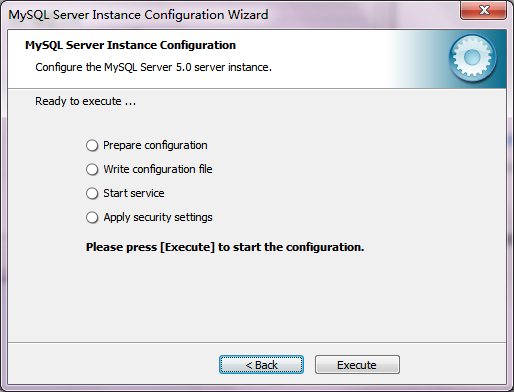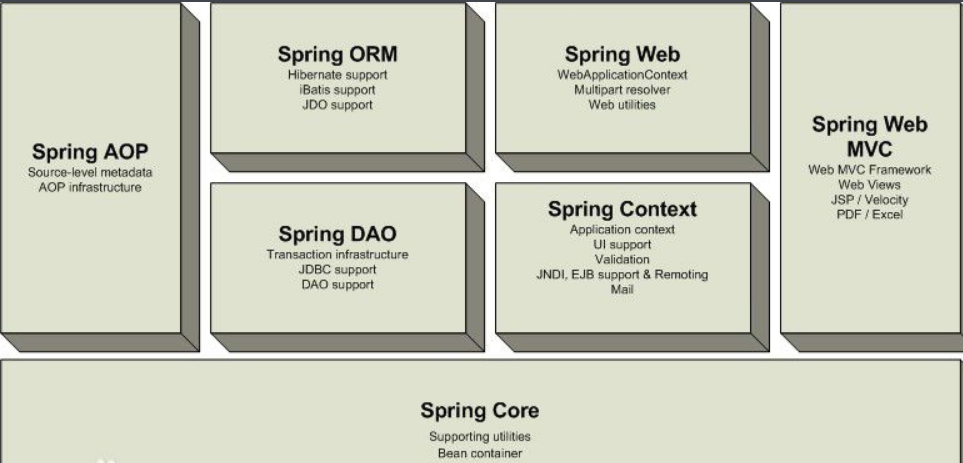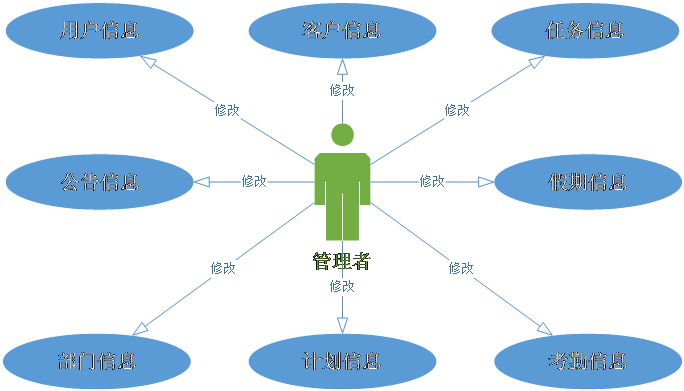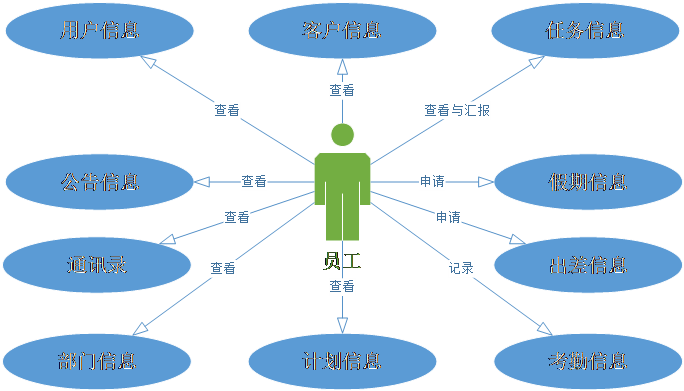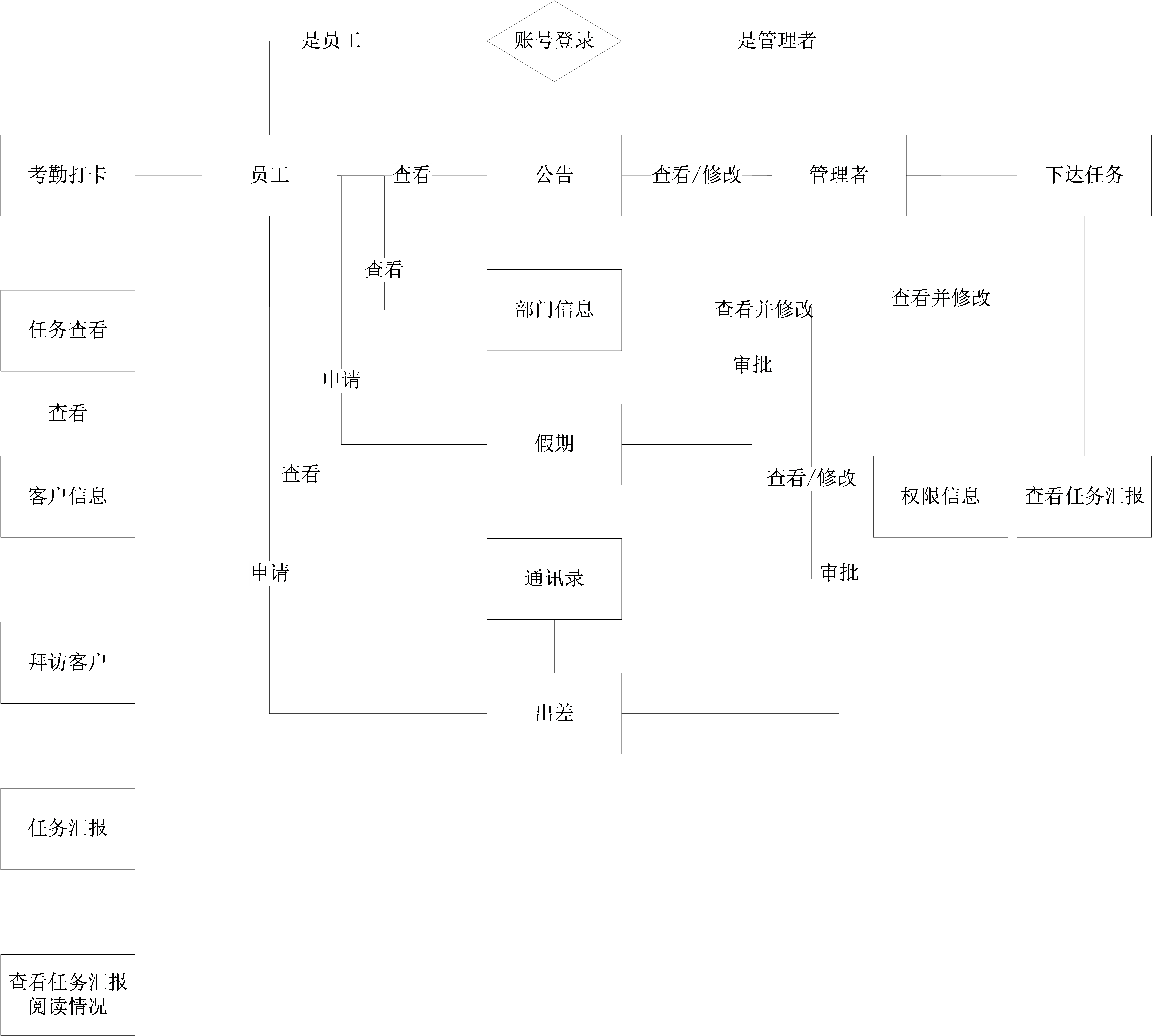基于位置服务的外勤管理系统的数据库设计与实现毕业论文
2020-07-07 21:35:43
摘 要
在信息时代中,由于无线网络的飞速发展,并得益于智能手机的普及,以及GPS的技术的提升,位置服务的使用难度也大大降低,因此在解决外勤管理中人员定位的难题的时候,使用位置服务是一个很好的方法。在本系统中,员工可以通过本app进行考勤定位,管理者可以通过查看员工的地理位置来辨别员工的实际位置,这样大大的方便了外勤管理。
本系统的客户端由于是在安卓手机端运行,因此使用集成开发软件Eclipse,采用面向对象的Java语言进行编写,使用MySQL数据库。数据库系统设置需要密码登入,只有管理员有此权限,可以确保数据的安全。
本文通过对以往的考勤系统进行分析,并结合外勤人员的特殊情况,指出了本系统所需要的功能,从而设计了本系统的数据库。在数据库中,我们首先介绍了使用的开发软件,然后对各个功能所需要的表结构进行了介绍,并且最后在实现了数据库应用和相关维护操作。
关键词:Android 位置服务 MySQL 数据库维护
Database design and implementation of field management system based on location service
Abstract
In the information age, due to the rapid development of wireless network, and thanks to the popularity of smart phones, and GPS technology, the use of location services also greatly reduce the difficulty, so in solving field management personnel positioning problem, use the location service is a very good method. In this system, users can through this app for attendance, managers can by looking at the user's location to identify the user's actual location, it greatly convenient for field management.
The client side of this system is then run in the android mobile phone side, so it uses the integrated development software Eclipse, uses the object-oriented Java language to write, and uses MySQL database. Database system Settings require password log-in only administrators have this permission to ensure data security.
By analyzing the previous attendance system and combining the special situation of field personnel, this paper points out the functions required by the system and designs the database of the system. In the database, we first introduced the use of the development of software, and then the various functions required by the table structure are introduced, and finally in the realization of the database application and related maintenance operations.
Key words: Android;Location-based service;MySQL; Database maintenance ;
目 录
摘 要 I
Abstract II
第一章 绪论 1
1.1引言 1
1.2 理论和实践意义 1
1.3 研究现状 1
1.4 研究方法和手段 2
1.5 数据库系统的设计原则 2
第二章 开发软件 3
2.1 Java技术 3
2.2 MySQL数据库 3
2.3 MySQL的配置 3
2.4 Navicat for MySQL 6
2.5 后台框架技术 6
2.5.1 Spring MVC框架技术 6
2.5.2 Hibernate框架技术 7
第三章 需求分析 8
3.1 管理者的需求分析 8
3.2 员工的需求分析 9
3.3操作流程图 10
第四章 结构设计 12
4.1 总体设计 12
4.1.1 总功能需求 12
4.1.2 计划下达 12
4.1.3 客户管理 13
4.1.4 任务下达 13
4.1.5 工作汇报 13
4.1.6 假期管理 14
4.1.7 考勤管理 14
4.1.8 出差管理 15
4.1.9 行动轨迹 15
4.1.10 公告通知 15
4.1.11 通讯录 16
4.1.12 组织结构管理 16
4.1.13 系统管理 16
4.2 系统架构设计 17
4.2.1数据库关系 17
4.2.2数据库的维护 17
4.2.3 逻辑结构设计 19
4.2.4 物理结构设计 20
第五章 数据库设计实现 25
5.1数据库的创建 25
5.2连接数据库 26
5.3数据添加 27
5.3数据查询 29
5.4数据删除 30
5.5数据更新 30
结论 31
参考文献 32
致谢 33
第一章 绪论
1.1引言
由于工业革命的爆发,科学技术水平不断发展,交通工具越来越发达,人们外出的范围也不断扩大,出行的便捷性大大提高,导致企业的经营范围也逐渐扩大。为了应对不断扩大的经营区域,派遣员工外出管理是企业不可避免的一个选择。那么对于企业管理者来说,如何确保员工是在正确的地点是一个急需解决的问题。
在以往,可以通过在签到表上签字来表明我来过,但是在签到表安全性与准确性很低,容易被员工作弊,因此不适用于大部分场景。后来又有了指纹机的出现,安全性与准确性大大提升,但是这种也只适用于传统的企业,对于流动性很高的外勤人员来说,这种管理模式显然不适用。
并且信息时代的来临,无线网络与GPS定位系统的技术不断提升,智能手机的快速发展,使得网络供应商的位置服务得到了大范围的普及,因此基于位置服务的外勤管理系统是大势所趋,既满足了外勤管理的便捷性,也保证了外勤管理的准确性与时效性。
相关图片展示:

